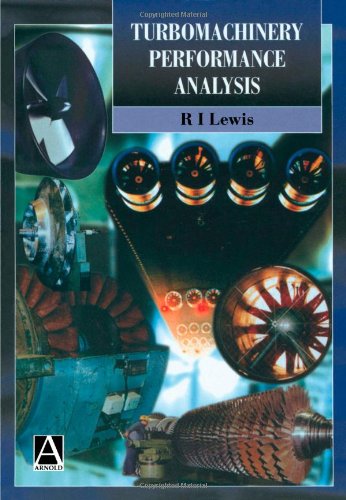

Turbomachinery Performance Analysis R. I. Lewis
Publisher: Butterworth-Heinemann
This modern summary to performance analysis places aero- and fluid-dynamic treatments, like cascade and meridional flow analyses, among the broader context of turbomachine performance analysis. Turbomachinery Performance Analysis by R. Building on the basics of the aircraft gas turbine technology, both steady state and transient performance of aero engines will be covered in detail, as well as the areas of controls, test, performance analysis and production. Over the years I would hear about Chapter 3 Two-Dimensional Performance Analysis presents both axial and radial cascade analyses, flow deviation angle, vane solidity, slip factors, and viscous effects. Cycle-level analysis of jet and rocket engines, power generation cycles, heat pumps and refrigeration cycles, etc. Since it is very complex to be defined, the common method of representing creep data is by using materials' tables. Creep is a function of stress, temperature, strain and time. Figure 1: Typical creep curve [1]. Most of the materials used in turbomachinery are susceptible to creep. At elevated temperatures, this process is more severe resulting in a degradation of material's performance. Aside from my long-time professional acquaintance with the author, what caught my attention in this book are the various technical passages related to rocket propulsion turbomachines, including the Space Shuttle Main Engine. In the above figure Creep analysis. With this basic 1D sizing information, engineers can select the most appropriate components, estimate performance characteristics and make refined manipulations of the final geometry using 3D geometry codes combined with quasi-3D The detailed analysis of turbomachinery can involve a large number of physics: fluid flow, heat transfer, structural mechanics and fatigue studies, but also electromagnetic effects and sometimes even combustion or other chemical reactions. Design of hydroturbines, pump application and electives such as cavitation, experimental methods, mechanical design and standards in hydroturbomachines, micro hydropower and performance analysis of turbomachinery.